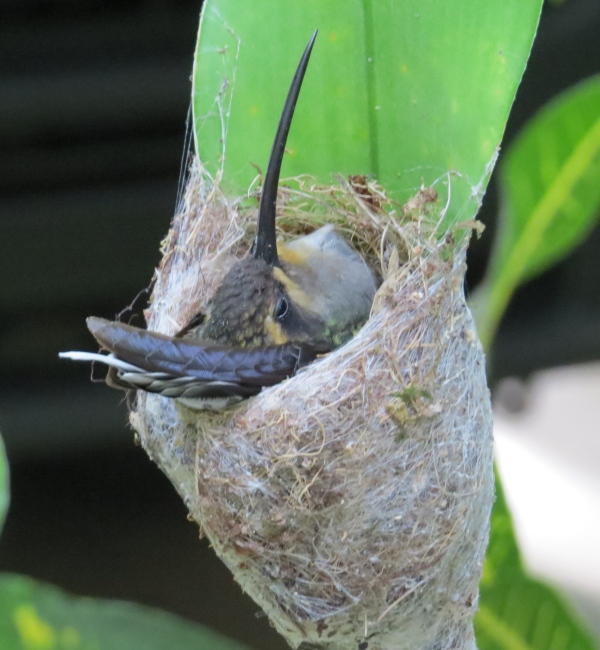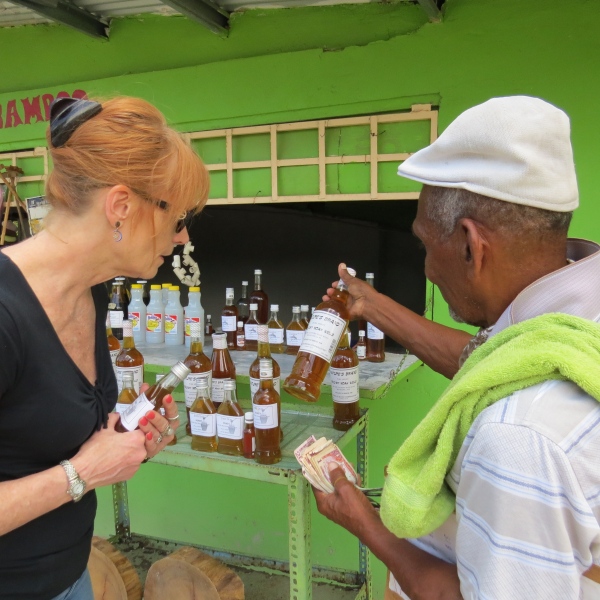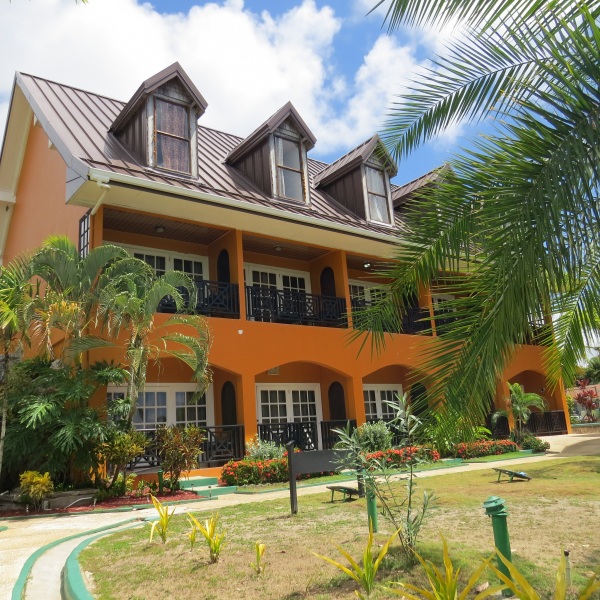Caroni Swamp and Scarlet Ibis
/According to Wikipedia, the Caroni Swamp is the second largest mangrove wetland in Trinidad located where the Caroni River meets the Gulf of Paria. The swamp is an estuarine system with extensive mangrove forests, numerous brackish channels, salt lagoons and mudflats. It's not far from Port of Spain and it's a major habitat and viewing area for Trinidad's national bird, the scarlet ibis. It was the next stop on our Trinidad tour after visiting the Hindu temples. I'd made a reservation with Darren at Mandoo Tours because they were noted for smaller, more personalized tours. We were pleased when we showed up and there were only two other passengers. We took a look at the “visitor center”, which like most other public facilities in Trinidad, is quite run-down and decrepit. Old, faded pictures of fauna and flora of the Caroni were on display and that was about it.

The boat dock was as rundown as the visitor center, but the boat and engine seemed in good enough shape. The tide was low and the shore was muddy. Scampering down into the boat was a bit of a challenge, but we managed without mishap and off we went. Darren provided an ongoing introduction to the swamplands and what we might expect to see.

We puttered slowly through the mangrove-lined channels. We'd stop every once in awhile and just drift along noiselessy while our guide pointed out things we would have definitely missed. Like the well-camouflaged Cook's tree boa in an overhanging limb (yikes) … actually two entwined boas … it's mating season. Reptile love!

Blue herons perched warily on the mangrove roots as we slowly motored through the narrow labyrinth of waterways. They'd watch until we were too close for their comfort and then take to flight following the course of the channel.

We looked for caiman, but saw none. Once again, we were confounded when our guide spotted a tropical screech owl, nestled high and deep in the mangroves, sleeping. We quietly observed him, trying not to disturb his daytime rest.

Darren made several bird calls and amazingly received answers from deep in the forest.

We threaded our way through the thick mangroves for over an hour and then the channel opened into a wide expanse of shallow water. A great white egret stood in the midst of it. Tricolor herons worked the mud ashore and a yellow crested night heron kept his distance.


Darren tied the boat to two stakes and we waited. Every morning at dawn, the scarlet ibis fly off to feed in other parts of the swamp. Every evening at dusk, like clockwork, they return to roost on a nearby island of mangroves. Darren explained that it was nesting season and the number of ibis would be less than in January or February. Then, the first of the scarlet ibis appeared in the sky.

We didn't have to wait long before more and more ibis flew past. The setting sun gleamed off their red feathers and they almost seemed to be afire as we cruised by. It's their diet, by the way, high in carotene, that accounts for their color, much like pink flamingos.

Each ibis landed and settled in to its special spot for the night. They chatted with their neighbors and preened. The deep green mangroves were suddenly alive with scarlet ibis dotting the higher branches and white egrets below. From a distance, it looked like a Christmas tree decorated with bright red ornaments.

The sun was setting quickly as we made our way back through the maze of swampland channels. Filtered sun pierced the thick overhead growth. Blue herons swam in front of us, apparently showing us the return route.

I wish we'd stayed longer. I wish we'd come earlier in the season to see more ibis. I wish we'd been closer so I could have taken better photos. I wish we'd seen caiman and maybe even a silky anteater. I wish, I wish, I wish. Sorry … I got carried away. What I meant to say was … what an awesome way to spend the afternoon.











 Lizards crossed our path as we made our way down to the main lodge just after dawn. Bird song filled the air. Flowers bloomed profusely and the scent was a sweet morning wake-me-up.
Lizards crossed our path as we made our way down to the main lodge just after dawn. Bird song filled the air. Flowers bloomed profusely and the scent was a sweet morning wake-me-up.







